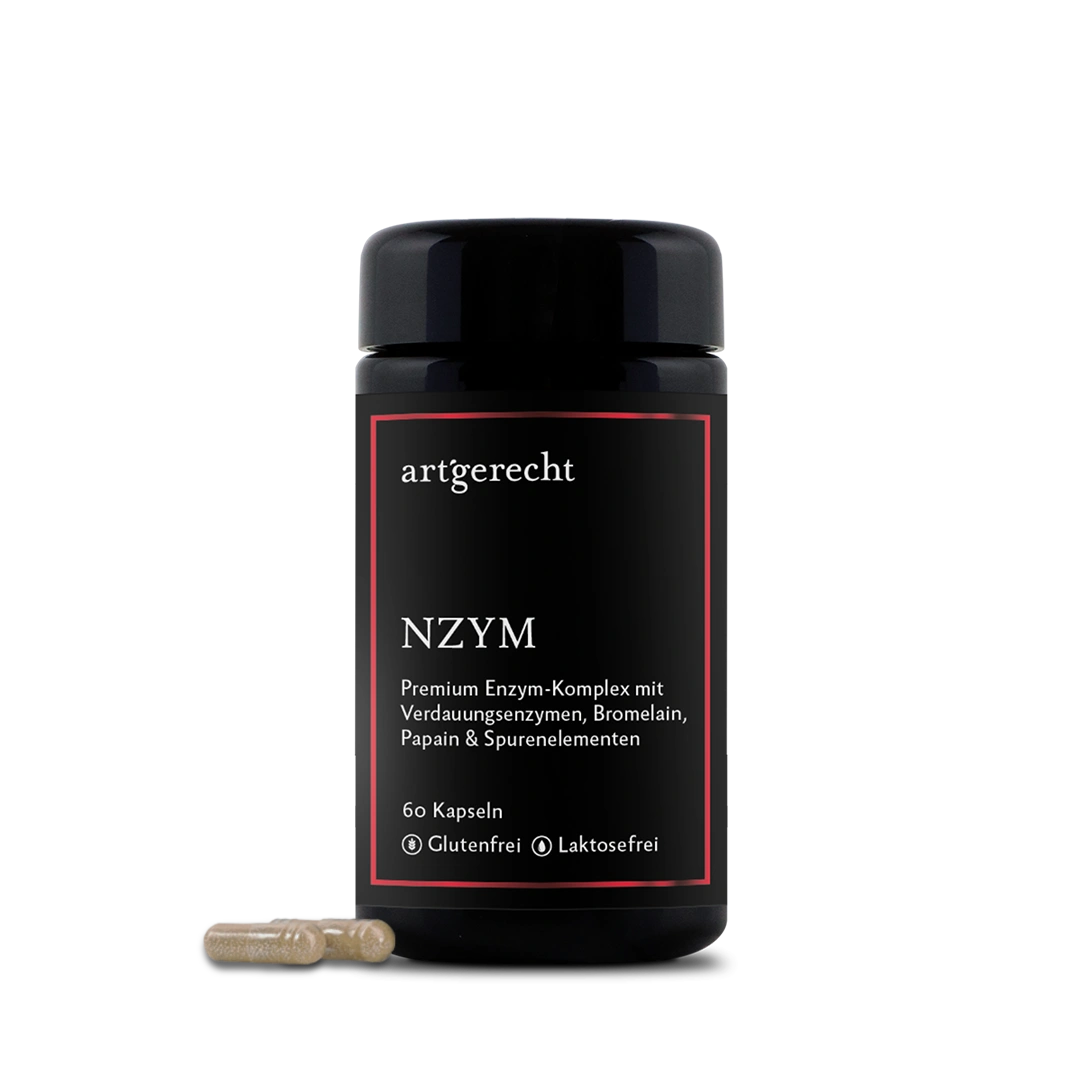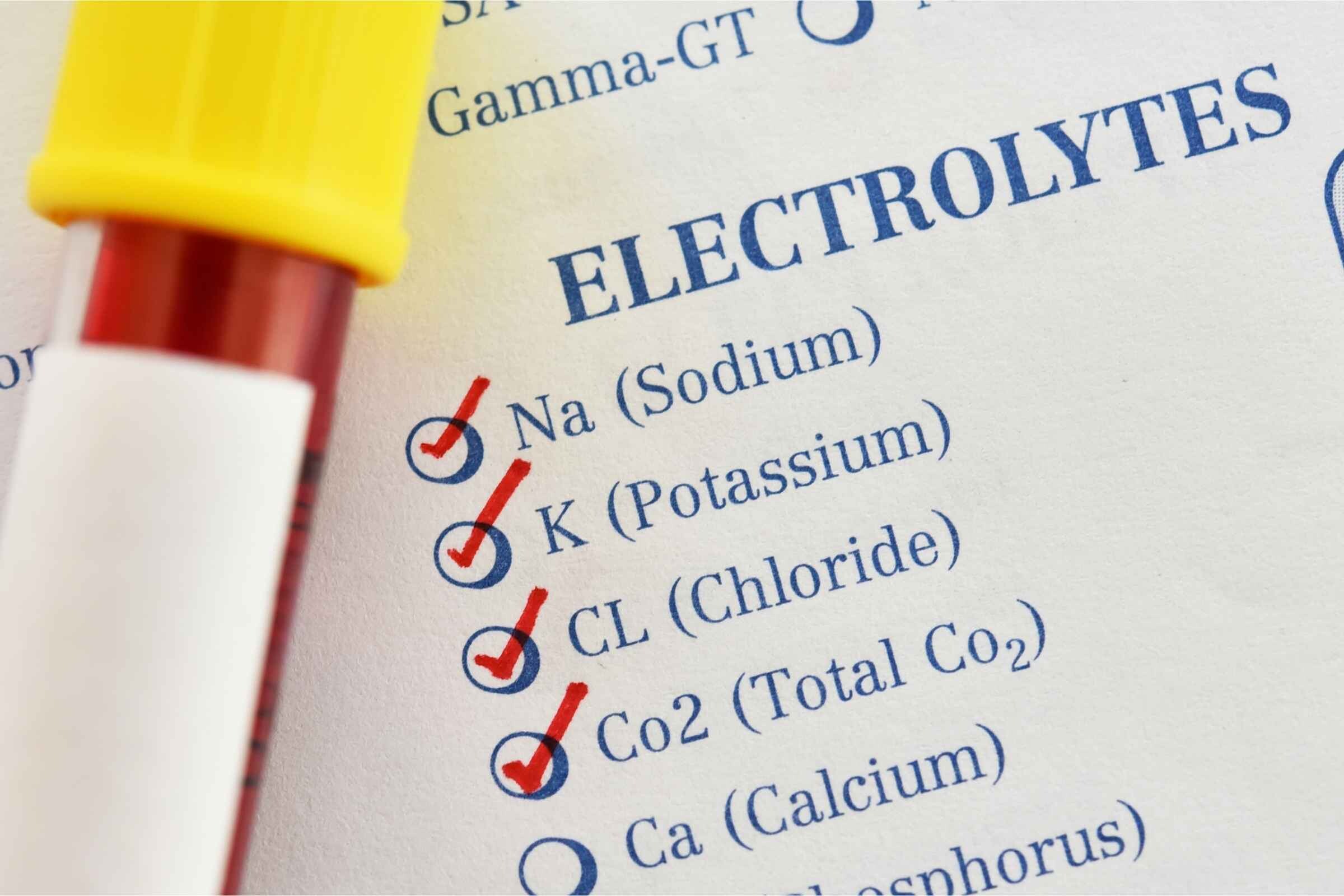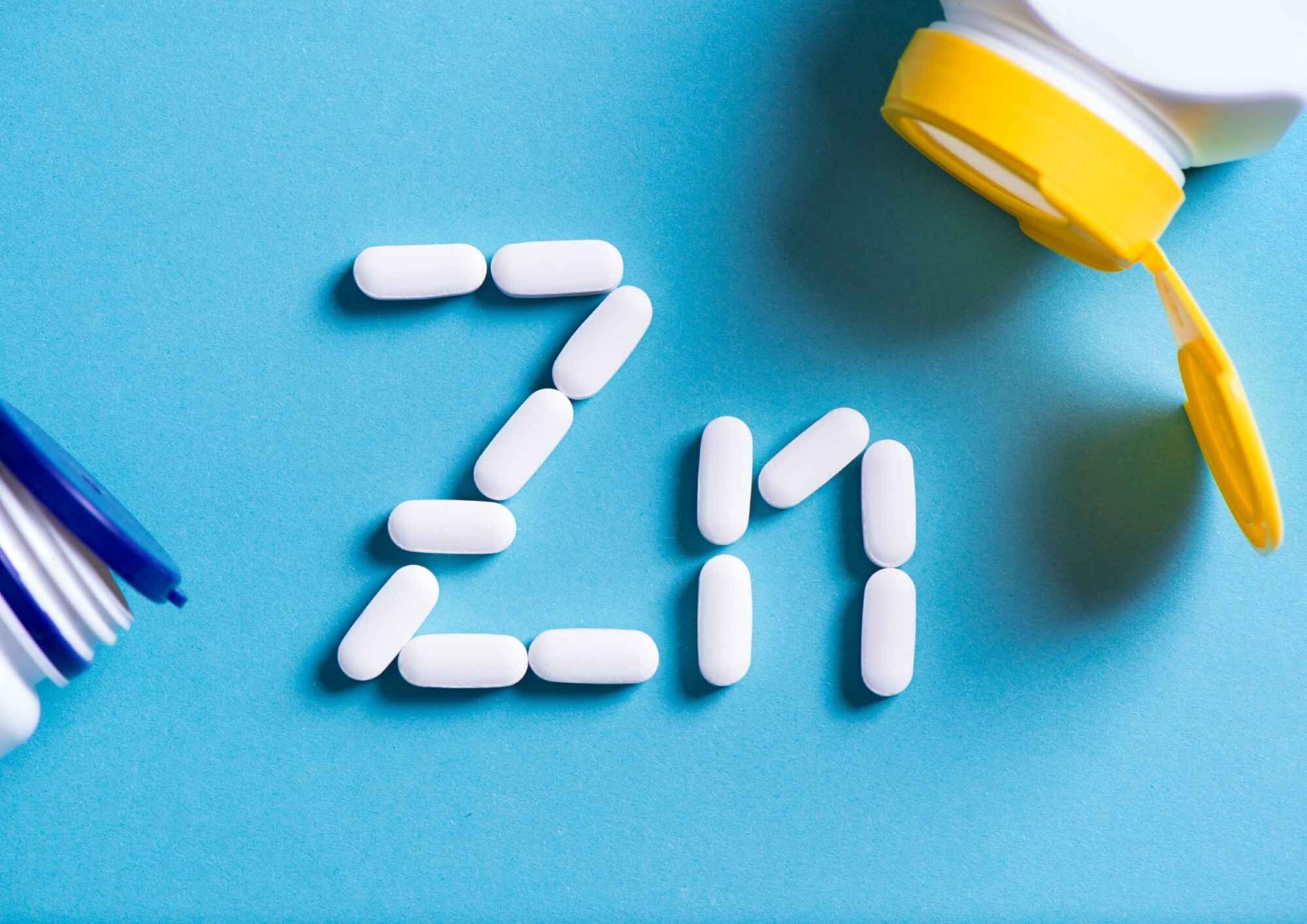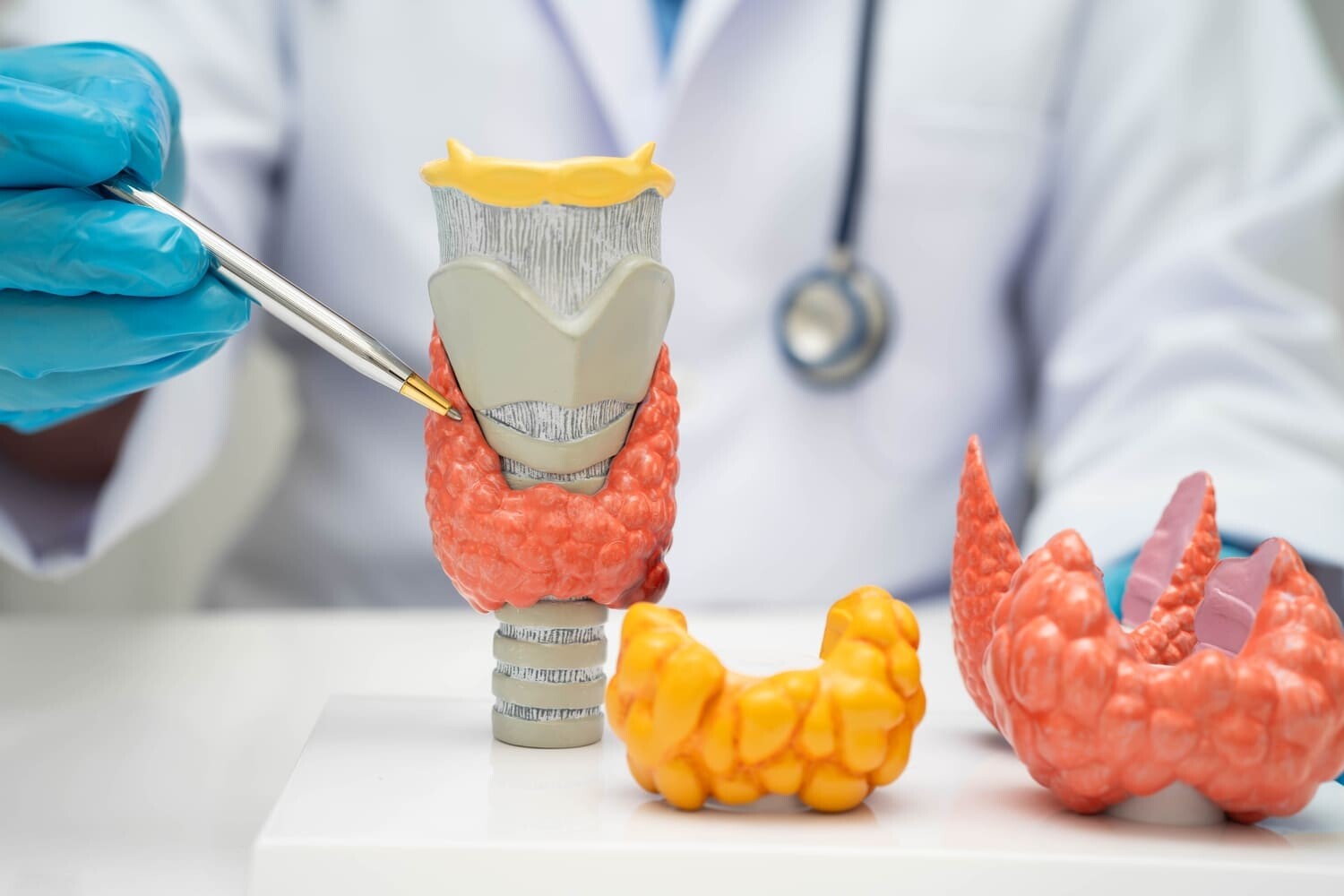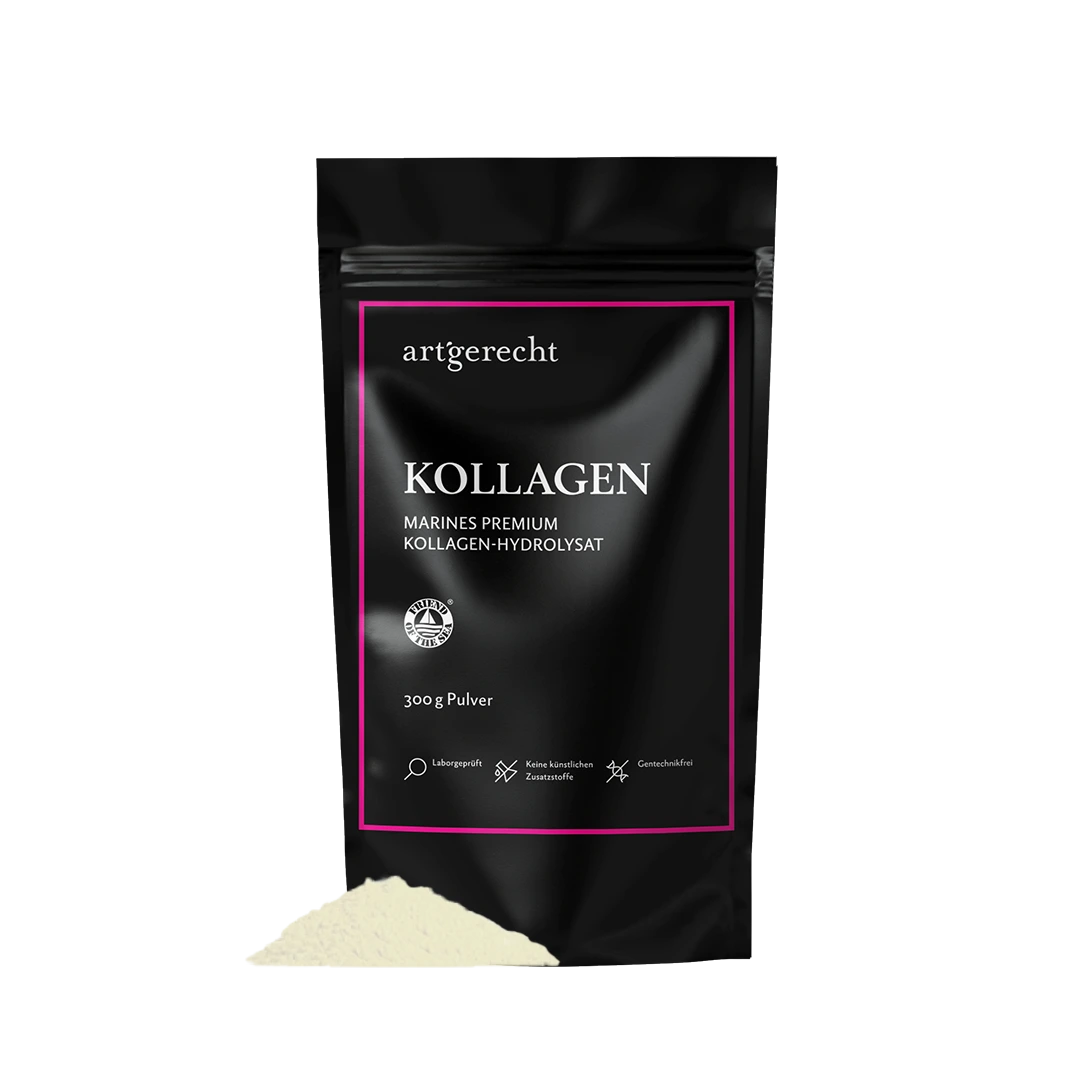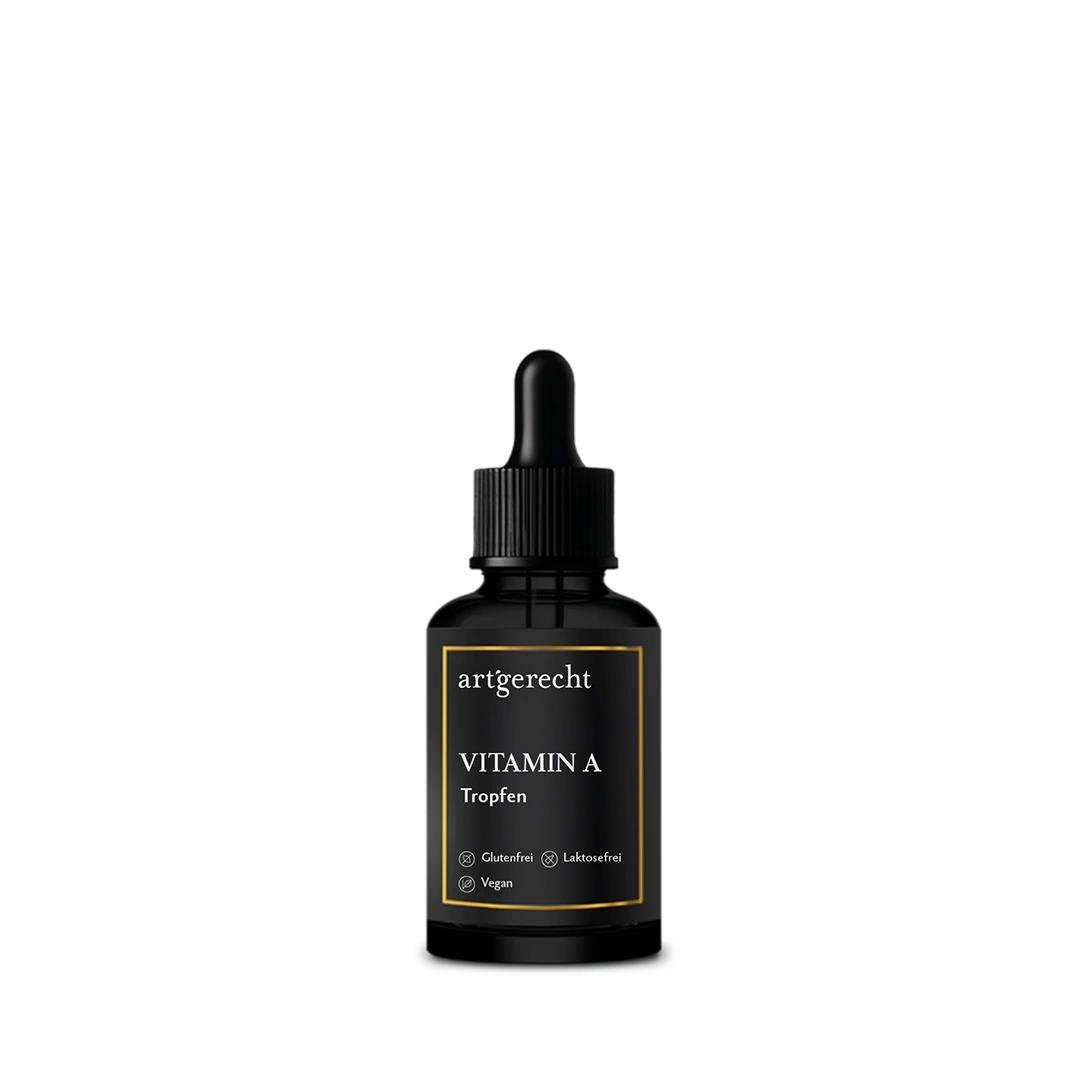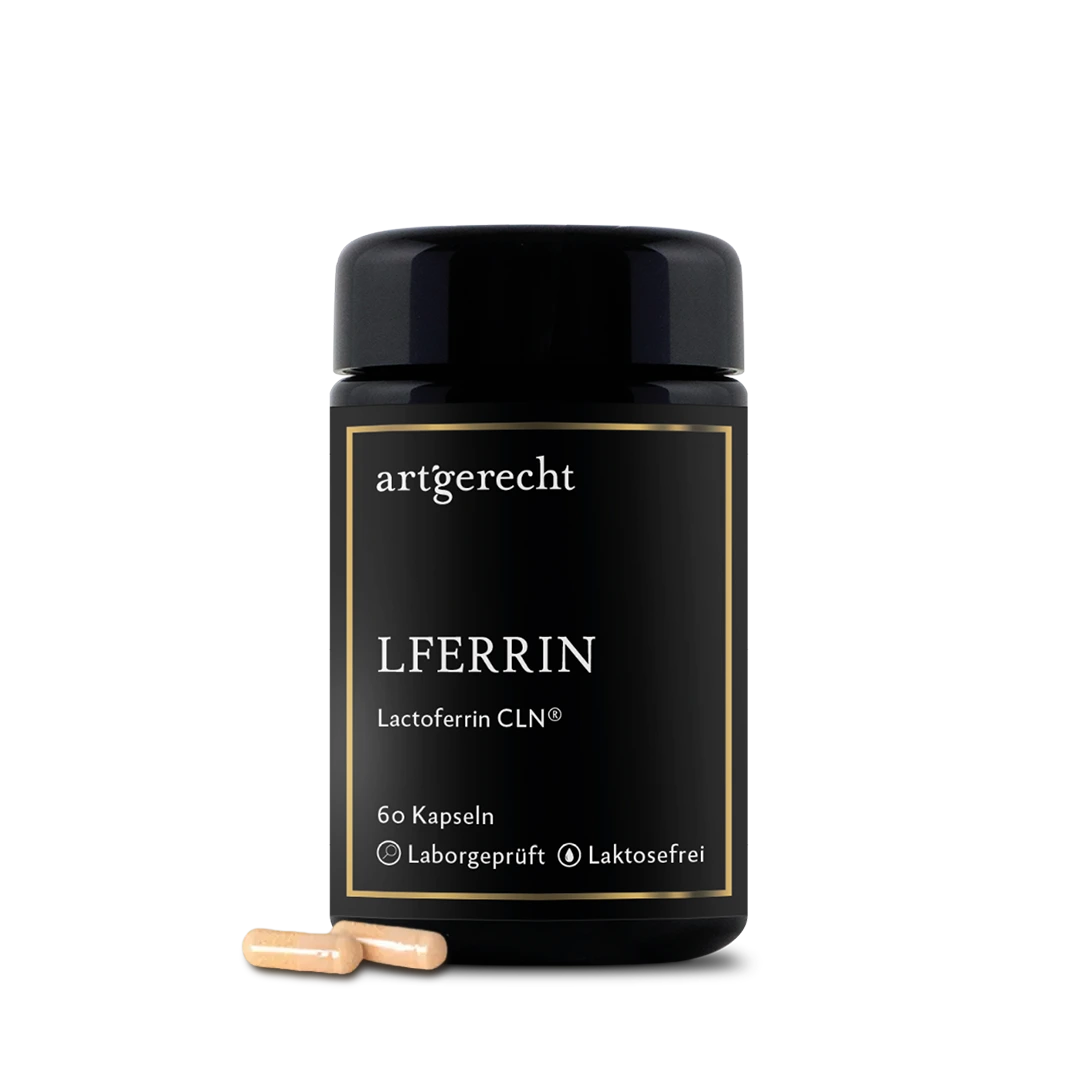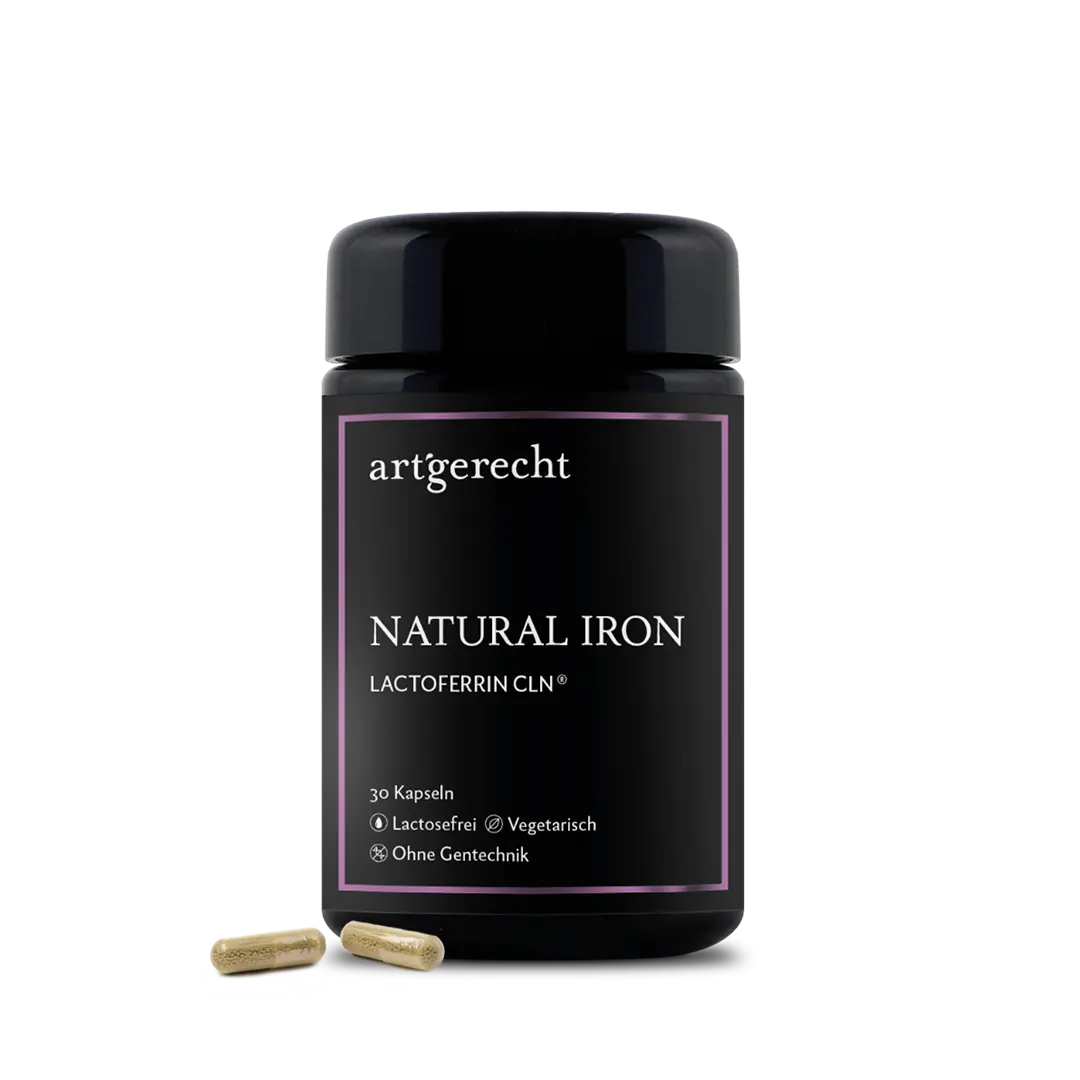- Leaky Gut Syndrome – what is it?
- How does a loose bowel form?
- The inflammatory reaction in a leaky gut
- “Death sits in the gut” (Chinese proverb)
- With which diseases are current barriers associated?
- How do you create a transparent gut?
- How to diagnose leaky gut syndrome
- What can you do if you have leaky gut syndrome?
- The most important tips for the digestive tract, from mouth to outlet:
- Food as medicine
Leaky gut means leaky gut. The gut is a highly complex system that interacts with our organism in various ways and can be disrupted by many factors - in particular by certain food components or harmful substances from the environment. If this is the case, the intestinal wall can become permeable and harmful substances can enter the bloodstream unhindered. Find out more about the connections and effects in this article
.Leaky Gut Syndrome – what is it?
»Leaky barriers« is the collective term for all partially permeable (semi-permeable) protective layers of our body to the outside world. These include the skin, lungs, mouth and the entire digestive tract. Everyone is well aware that we are protected by our skin. But the entire pathway of food and air is also equipped with protective barriers that must be partially permeable. From an anatomical point of view, the path from the mouth and nose to the exit is also part of the dangerous external world. Food is only inside the body when it is digested and absorbed in a controlled manner via the intestinal wall. These protective barriers form the immune system's first line of defense. [1]
How does a loose bowel form?
The intestinal wall fulfills two central tasks: Firstly, it must be permeable to the nutrients it absorbs, and secondly, it must prevent bacteria, viruses, fungi or harmful substances from entering the bloodstream through the intestinal wall. To ensure this, the permeability of the intestinal mucosa must be well regulated. In this context, we also speak of a „selective intestinal barrier“ – it must therefore be precisely regulated what is allowed to pass through the intestinal wall and what is not.
The skin is the smallest part at around 2 m2. Because it is visible from the outside, it is crucial for us emotionally that its quality should be optimal. At more than 100 m2, the lungs are considerably larger. However, with a surface area of well over 500 m2, the digestive tract, together with the oral cavity, represents the largest protective barrier and is of central importance for health. Our intestines are eight meters long, home to 80 percent of all immune system cells and over 90 percent of the body's own »happiness hormone« serotonin.[2] A complex, multi-layered protective barrier starting at the mouth and ending at the exit of the body protects us from pathogens and controls the absorption of food.
The inflammatory reaction in a leaky gut
Once a dysbiosis (incorrect colonization in the intestinal flora) has become established, the intestinal bacteria easily enter the body via leaky gut, our immune system is activated and triggers further inflammation. If this happens continuously, a so-called chronic, low-grade inflammation (chronic low grade inflammation) develops in the body over time. In the long term, this can lead to various health problems in the system.[5]
1 A weakened first line of defense of the immune system, the secretory immunoglobulin A (IgA), leads to an increased invasion of bacteria and viruses.
2 Stress hormones such as noradrenaline and cortisol ensure a physiological opening of the cell connections (tight junctions) in order to be able to absorb more energy during a threat.
3 Antinutrients (lectins, gliadins, saponins) directly or indirectly destroy the cell connections between the cells. Gluten and gliadins have an indirect damaging effect by activating the body's own protein zonulin. The intestine becomes leaky.
4 When food components such as gluten or bacteria and viruses are able to overcome the intestinal barrier in an uncontrolled manner, they are taken up by macrophages of the innate immune system and presented to the other immune cells (thymus helper cells) as intruders. These fight the threat with cell-destroying substances and inflammatory reactions, which also lead to local damage to other cells.
5 Some of the inflammatory substances produced on the intestinal surface, which is more than 500 m2 in size, are transported to the intestine;The inflammatory substances produced in the intestine enter the entire organism via the bloodstream and lymph and form the basis for countless secondary diseases
“Death sits in the gut” (Chinese proverb)
The vast majority of people living in industrialized countries in the West are likely to suffer from leaky gut, especially in the mouth and intestines. The consequence of permeable parts in our protective walls is that more viruses, bacteria and stool can enter the body's circulation in an uncontrolled manner.[5] [6] Meals high in fat can also transport more bacteria into the body, as they can use the fat molecules as a means of transportation through the intestinal wall. This »second wave of attack« happens at almost every meal. This attack by bacteria is called endotoxämia. Long-term endotoxemia caused by negatively supporting foods or overeating leads to chronic low-grade inflammation in the long term.[7]
Endotoxemia is also triggered by the release of stress hormones during intensive sporting activities or other stress factors, as this also enables faster energy absorption.
With which diseases are current barriers associated?
In the last few decades, slow barriers or a leaky gut have been discovered in a large number of chronic diseases, which suggest a close connection between known diseases and the gut. These include, for example: Allergies [8], asthma [8], celiac disease [9], chronic fatigue syndrome [10], Crohn's disease [11], depression [12], diabetes mellitus type 1 [13], Hashimoto's, migräne [14], multiple sclerosis [15], psoriasis [16], rheumatoid arthritis [17], cardiovascular-diseases [18] and Alzheimer's disease [19].
| Symptom | Possible cause / effect |
|---|---|
| Lack of motivation | Nutrient deficiency, disturbed gut-brain axis |
| Breathing difficulties | Inflammatory processes, allergic reactions |
| Bloating | Dysbiosis, disturbed intestinal flora |
| Chronic fatigue | Inadequate nutrient uptake, immune reactions |
| Diarrhea | Intestinal permeability increased, malabsorption |
| Skin impurities | Detoxification processes, intestinal-skin axis |
| Sleep problems | Imbalance of neurotransmitters |
| Heartburn | Changed pH value, gastrointestinal irritation |
| Mood swings | Interactions between the gut microbiome and the psyche |
| Constipation | Intestinal motility disorders |
| Völlegefühl & Müdigkeit nach dem Essen | Misdirected immune reactions, nutrient deficiency |
| Gingival bleeding | Chronic inflammation, micronutrient deficiency |
| Disease | Possible link to gut health |
|---|---|
| Acne | Inflammatory reactions, disturbed microbiota |
| Allergies | Immune dysregulation, increased intestinal permeability |
| Alzheimer's | Chronic inflammation, gut-brain axis |
| Asthma | Increased immune activity, allergic reactions |
| Autism | Disturbances in the microbiome, influence on neurotransmitters |
| Chronic fatigue syndrome | Mitochondrial dysfunction, intestinal dysbiosis |
| Ulcerative colitis | Chronic inflammation of the bowel |
| Depression | Influence of intestinal flora on serotonin production |
| Diabetes mellitus type 1 | Autoimmune processes, intestinal barrier dysfunction |
| Gingivitis | Dental inflammation, oral microbiota |
| Skin eczema | Immune dysregulation, nutrient deficiency |
| Cardiovascular diseases | Chronic inflammation, metabolic dysfunction |
| Migräne | Gut-brain axis, inflammatory mediators |
| Morbus Bechterew | Autoimmune disease, influence of the intestine on inflammation |
| Crohn's disease | Chronic inflammation, barrier disorders |
| Multiple sclerosis | Autoimmune processes, influence of the microbiota |
| Food intolerances | Impaired intestinal barrier, faulty immune reactions |
| Psoriasis | Inflammatory reactions, influence of the microbiome |
| Parodontitis | Chronic inflammation, microbiome dysregulation |
| Rheumatoid arthritis | Autoimmune processes, inflammatory mediators |
| Schizophrenia | Influence of the microbiota on neurotransmitters |
| Urticaria | Immune reactions, intestinal dysbiosis |
| Zöliakie (sprue) | Autoimmune reaction to gluten, increased intestinal permeability |
How do you create a transparent gut?
Globally, stress, food components, dietary habits, nutrient deficiencies, inflammatory reactions, pathogens, certain pain medications and lack of oxygen in the intestine (hypoxia) can make the barrier „l“chrig“. An overview of these factors that impair permeability can be found in Table 1.
Table 1: Release factors for loose barriers
| Exclusion factor | Source |
| Stress-Psychosocial stress-Sports-induced heat stress | Nishizawa, 2016; Punder & Pruimboom, 2015 |
| Food ingredients-Industrial sugar-fructose-salt-emulsifiers-surfactant-organic-Lösungsmittel-Gluten (gliadin)-Microbial transglutaminase-Nanoparticles-Ethanol-Hülsenfr&l;chte-Kartoffeln | Bischoff et al., 2014; Fasano, A., Sapone, A., Zevallos, V., & Schuppan, 2015; Johnson, Gee, Price, Curl, & Fenwick, 1986; Lerner & Matthias, 2015; Nishizawa, 2016; Ridout, Wharf, Price, Johnson, & Fenwick, 2017 |
| Nutrition & nutrient deficiencies-High calorie diet-High fat diet-Deficiency of:Vitamin A-indigestible carbohydrates | Bischoff et al., 2014; Punder & Pruimboom, 2015 |
| Inflammatory reactions-bacterial and viral infection-Tumor necrosis factor α (TNF-α)-Certain pathogens | Bischoff et al., 2014; Öhman et al, 2015; Quigley, 2016 |
| Non-steroidal anti-inflammatory drugs (e.g. Acetylsalicylsäure) | Galland, 1995 |
| Intestinal hypoxia (as a result of surgery) | Galland, 1995 |
The increased permeability of the intestinal walls (intestinal permeability) is caused by direct or indirect effects on the tight junctions, among other things. For example, pro-inflammatory messenger substances such as TNF-α or stress have a direct effect on the tight junctions.[20] Furthermore, inflammatory processes and ulcers in the intestine can also lead to the destruction of entire epithelial cells from the intestinal barrier.[21] On the other hand, the microbiome can produce butyric acid from indigestible carbohydrates, among other things. This fatty acid is important for the integrity of the intestinal barrier. If there is a lack of these carbohydrates, the intestinal permeability can be impaired.[21]
How to diagnose leaky gut syndrome
In addition to the evaluation of clinical symptoms and clinical pictures, the 13C sucrose breath test is the most reliable test for the diagnosis of leaky gut.
You can have it carried out by a gastroenterologist.[22] If you consider additional laboratory diagnostics together with your doctor or therapist, the following parameters may also indicate leaky gut syndrome:
Laboratory parameters
| Value | Type of sample |
| Alpha-1-Antitrypsin-Calprotectin-Lysozyme-EPX-Histamine-sIGA-Zonulin | Stool sample |
| Zonulin-LPS | Blood serum |
| Lactulose-mannitol test | Urine |
| 13C-sucrose test | Respiration |
What can you do if you have leaky gut syndrome?
The efficient closing of our barriers and the normalization of the entire bacterial flora is the foundation for the recovery from almost all diseases and the maintenance of health. In addition to optimal nutrition and the reduction of all the negative influences mentioned above, substances such as probiotics, enzymes, the protein building block glutamine (main substance for repairing our protective barriers) and zinc (important cofactor) can also be used [23] [24].
The most important tips for the digestive tract, from mouth to outlet:
- If possible, eliminate sugar and sweet drinks (soft drinks, fruit juices) from your daily diet. It is recommended to puree the whole fruit, as this preserves the fiber.
- Avoid or reduce cereals (whole grains), rice, potatoes and legumes because of their antinutrients, fiber and carbohydrates.
- Add L-glutamine to your meals to build up the barriers.
- Omega-3 fatty fatty fatty acids e.g. from. Fish due to their anti-inflammatory properties.
- Diet appropriate to the species and use the food list “food as medicine” for a good digestion.
Food as medicine
Certain foods contain bioactive substances that can have a positive effect on our (intestinal) health. However, as with any medicine, dose and quality are crucial. Particularly high-quality, organically grown foods often contain a higher concentration of secondary plant substances than conventional products. These should therefore be regularly integrated into the diet in order to achieve the best possible effect. The following is an overview of particularly valuable foods and their health-promoting properties:| Food group | Examples | Health benefits |
|---|---|---|
| Algae & marine products | Algae, sea fish, shellfish, seafood | Rich in omega-3 fatty acids, iodine & minerals |
| Fruit | Pineapple, apple, avocado, papaya | Enzymes, antioxidants, dietary fiber |
| Vegetables & herbs | green leafy vegetables (e.g. spinach), fennel, cabbage, parsley, asparagus, root vegetables (carrots) | Anti-inflammatory, digestive, antioxidant |
| Spices & flavors | Tumeric, ginger, garlic, cloves, oregano, thyme | Antibacterial, anti-inflammatory, metabolism-stimulating |
| Fermented foods | Fermented vegetables | Supports the intestinal flora, probiotic effect |
| Protein sources | Eggs, poultry | High-quality proteins, essential amino acids |
| Nuts & seeds | Almonds, cashews (max. 100g per meal) | Healthy fats, magnesium, vitamin E |
| Mushrooms | Various types of mushrooms | Immune strengthening, adaptogenic effect |


